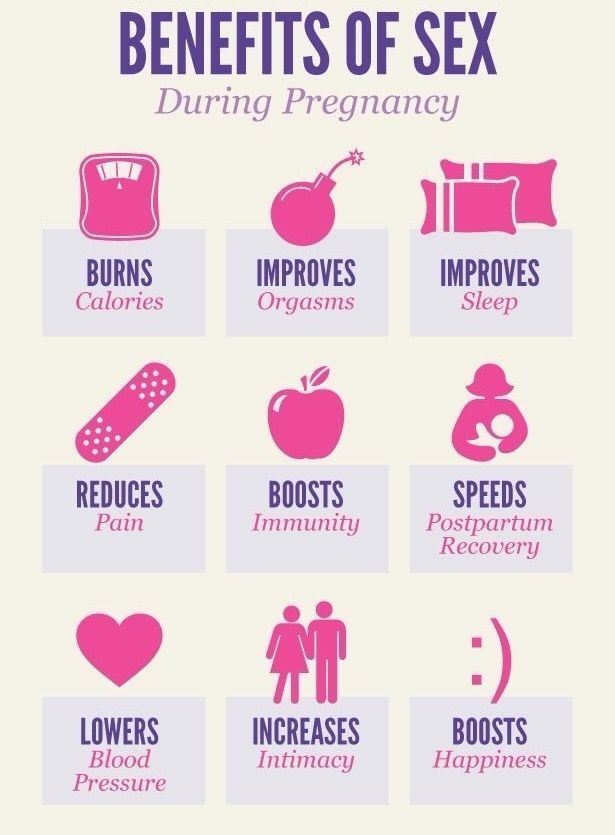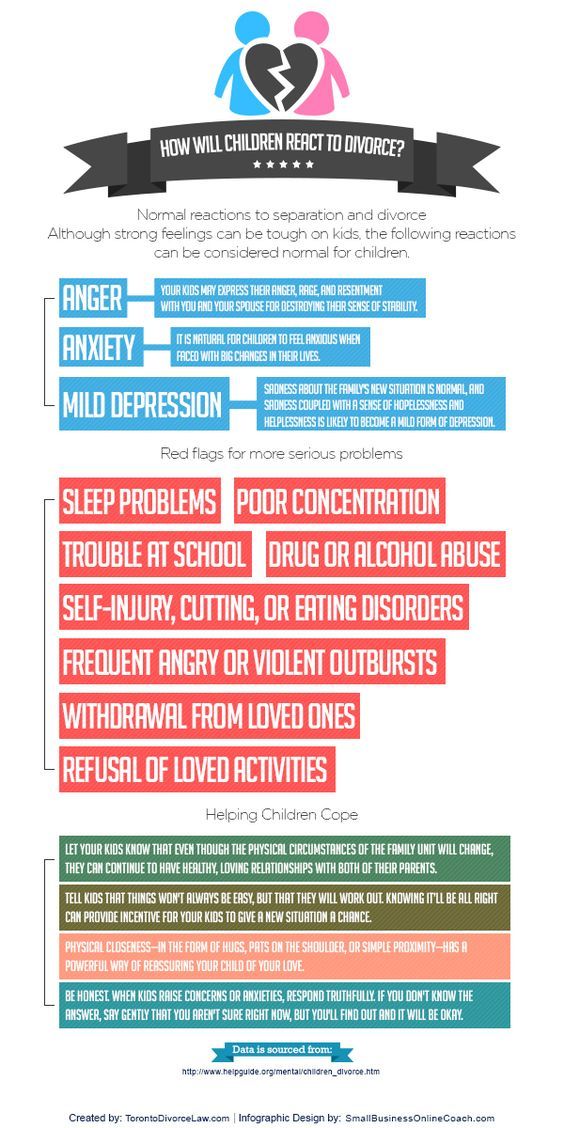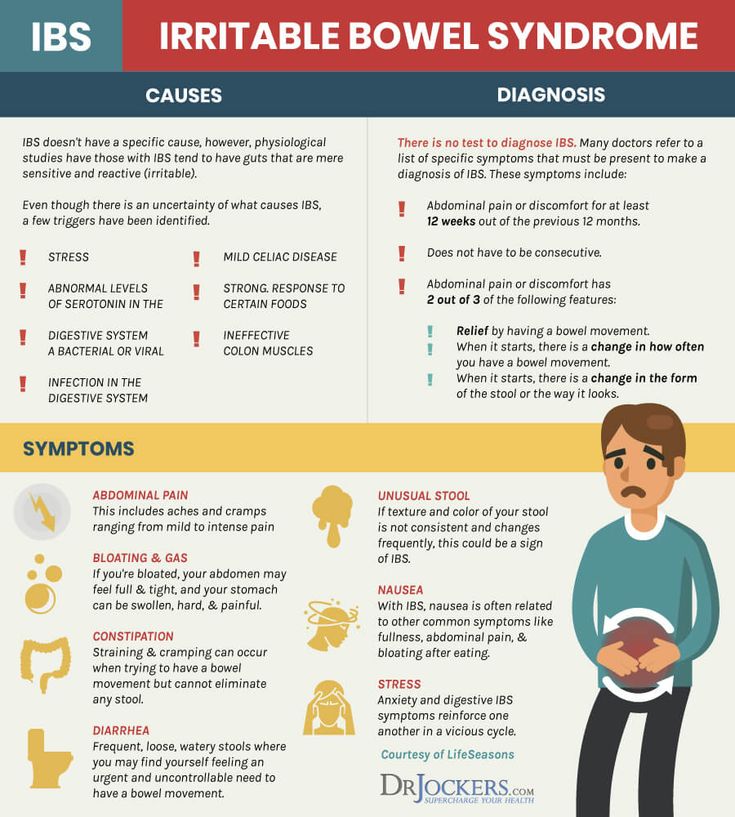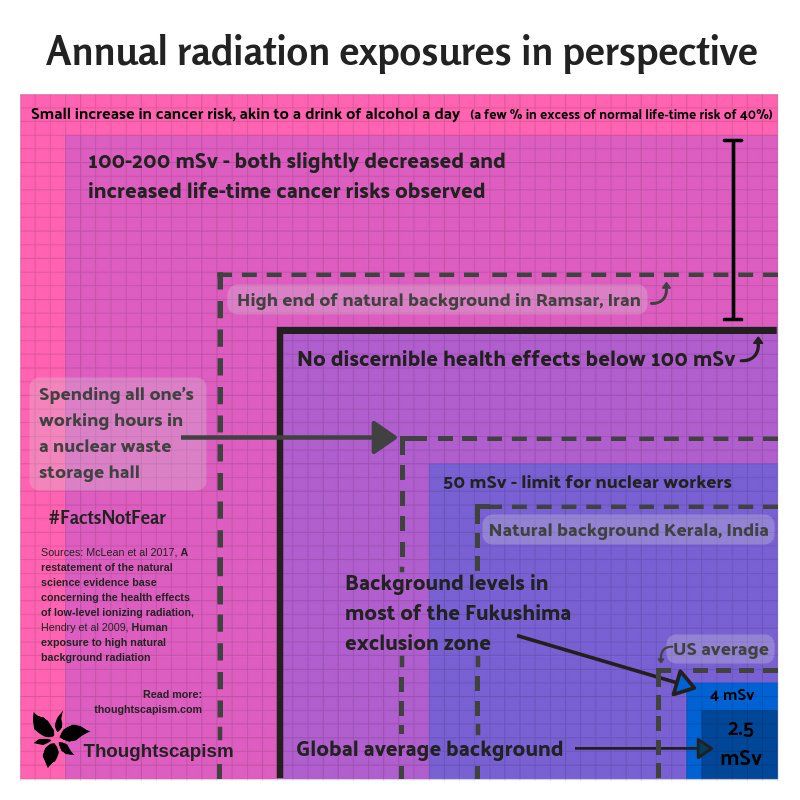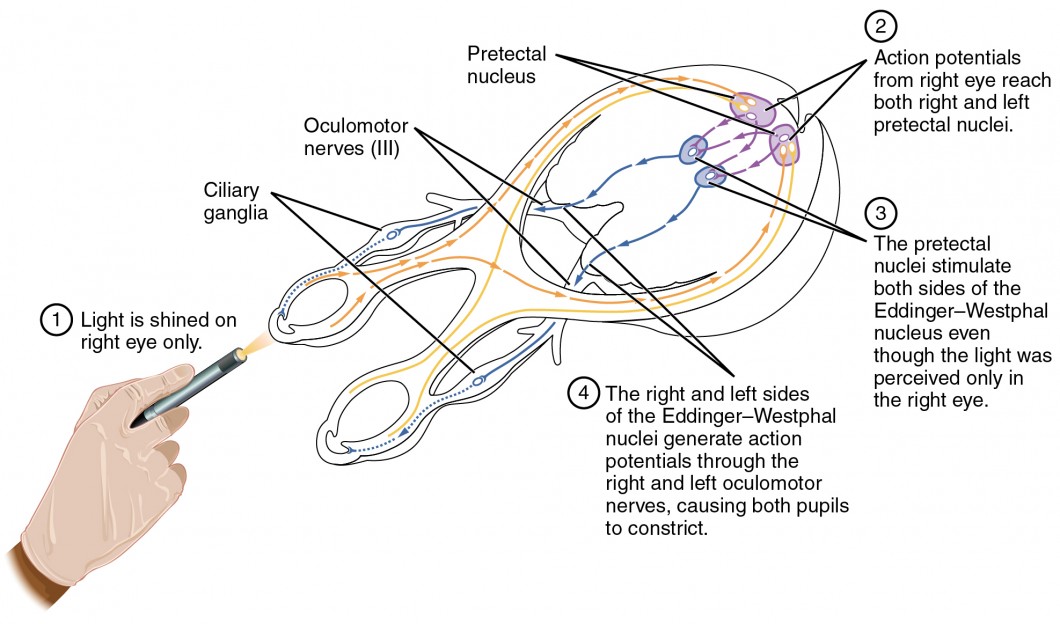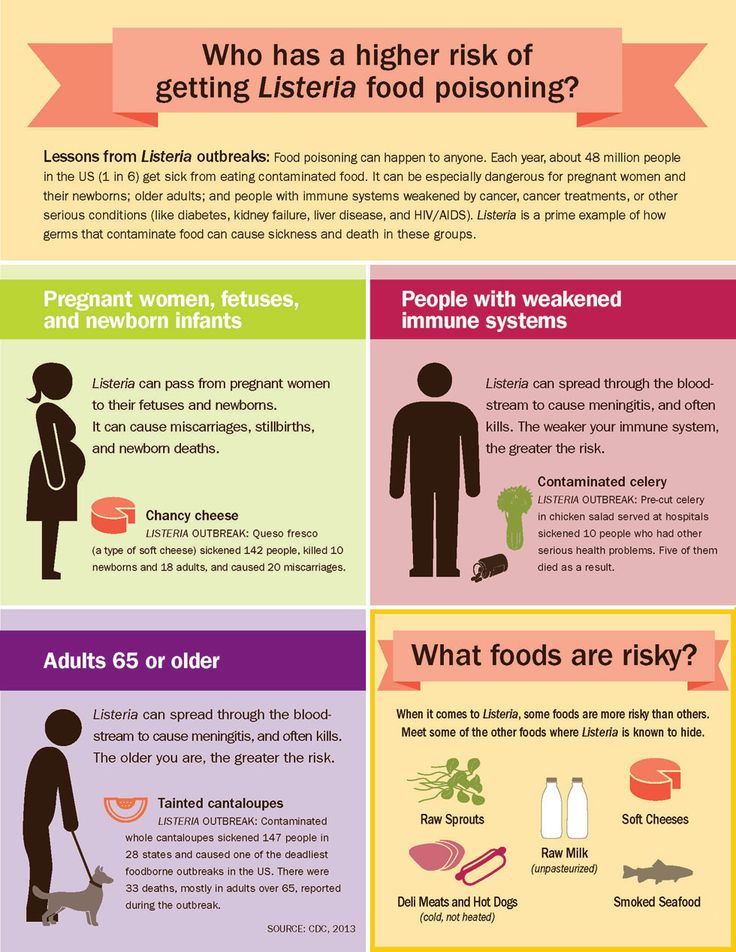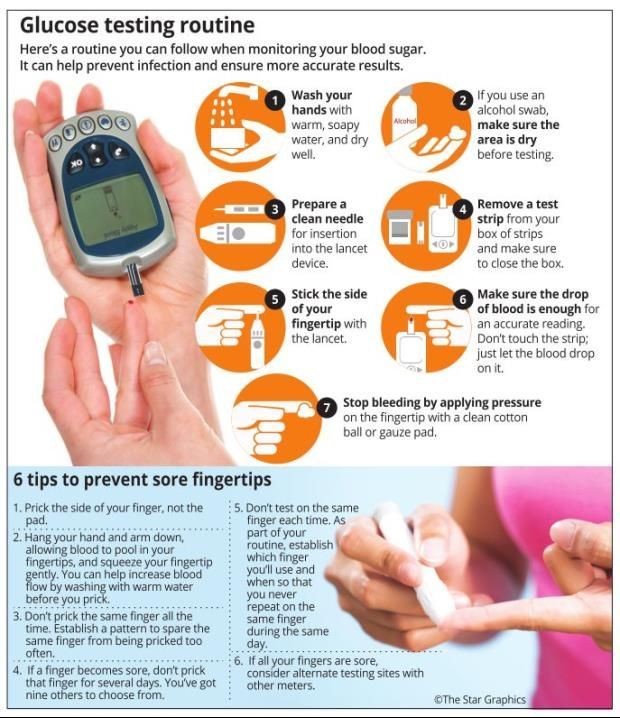Signs of special needs baby
Risk Factors and Early Warning Signs
Knowing the early warning signs and risk factors for childhood disabilities and delays is key to getting the early help your child may need. Early intervention is proven to be effective in helping children with special needs – either to overcome delays or help set them up for future success.
Children develop at different rates and in different ways. These variances may be related to factors like health, personality, temperament, and/or experiences. Since the first five years of development are so critical, the sooner a concern is identified, the sooner your child can benefit from specialized services to support growth and development.
If you ever have any concerns about your child’s development, or if something just seems a little off, don’t hesitate to reach out to your pediatrician – even if no issues were identified at your child’s last appointment. And be sure to communicate your concerns with your child’s caregiver – whether it’s a family member, a nanny, or a child care program.
Most developmental disabilities are thought to be caused by a mix of factors. Some of these factors may include:
Prematurity or low birth weight.
Prenatal or environmental exposure to drugs, alcohol, or tobacco.
Poor nutrition (lack of nutritious foods, vitamins, proteins, or iron in diet, etc.) or difficulty eating.
Exposure to high levels of environmental toxins by the mother or child (such as lead).
Infections in the mother during pregnancy or baby early in life.
Trauma and stress.
Trauma, Stress, and Special Needs
Children may face stressful, negative life experiences that actually affect how their brains develop. Adverse Childhood Experiences (ACEs) refer to specific, emotionally traumatic life events. These can include early medical complications or delays leading to medical procedures, extended hospital stays, living with pain, discrimination, and more.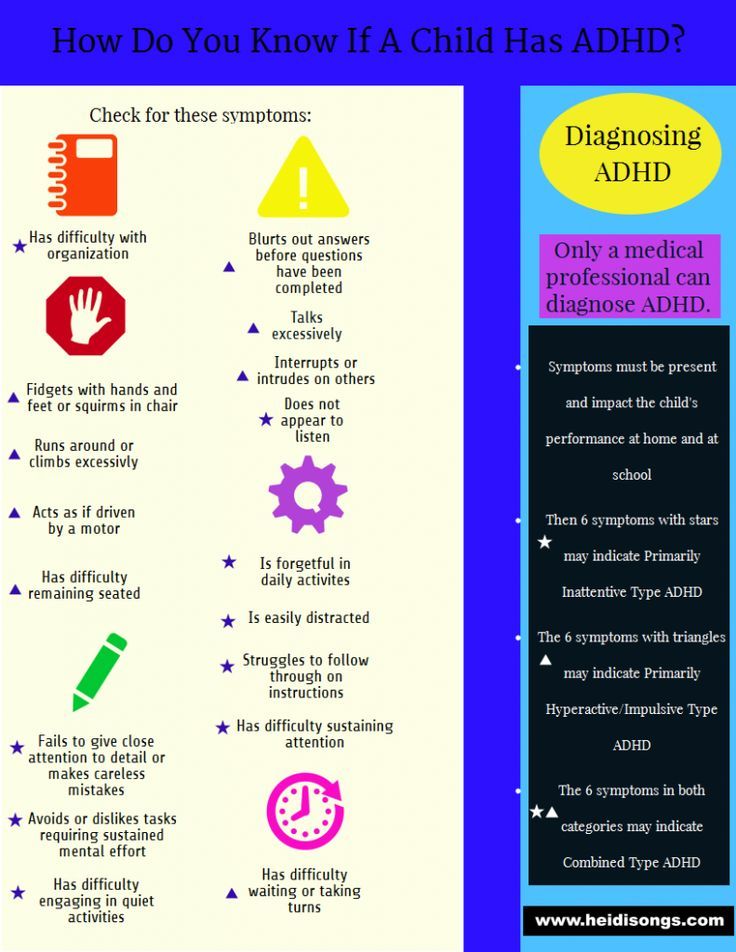 Researchers have found that the more ACEs experienced by a child, the more likely that child may face medical and mental health issues throughout life. In other words, trauma and stress in a child’s life can lead to medical and mental health conditions. Stress has also been found to change the shape and size of an individual’s brain and the connections between the brain cells. Stress affects development, behavior, lives and learning. In other words, experiencing stress at an early age, especially numerous negative life events, can have a negative impact on a child’s development.
Researchers have found that the more ACEs experienced by a child, the more likely that child may face medical and mental health issues throughout life. In other words, trauma and stress in a child’s life can lead to medical and mental health conditions. Stress has also been found to change the shape and size of an individual’s brain and the connections between the brain cells. Stress affects development, behavior, lives and learning. In other words, experiencing stress at an early age, especially numerous negative life events, can have a negative impact on a child’s development.
Signs of Development Delays
Children with special needs can have differences in the way they develop and act. As your child grows, watch for these early signs:
Up to 6 months
Doesn’t coo or smile
Doesn’t react to loud noises or turn to follow sounds and voices
Has difficulty holding head up by age three months
Has difficulty following objects or people with their eyes
Arms or legs are stiff, or posture is floppy or limp
6 months to 1 year
Has trouble figuring out simple things like finding an object after seeing it be hidden
Has problems responding when being called from across the room, even when it involves something interesting
Has difficulty sitting, standing up, reaching for objects, or picking up objects, and doesn’t play games like peek-a-boo
Hasn’t started to say simple words like “mama” or “dada" by age one
Repeats behavior that could hurt, like self-biting or banging the head
Check out the Milestones page for more information.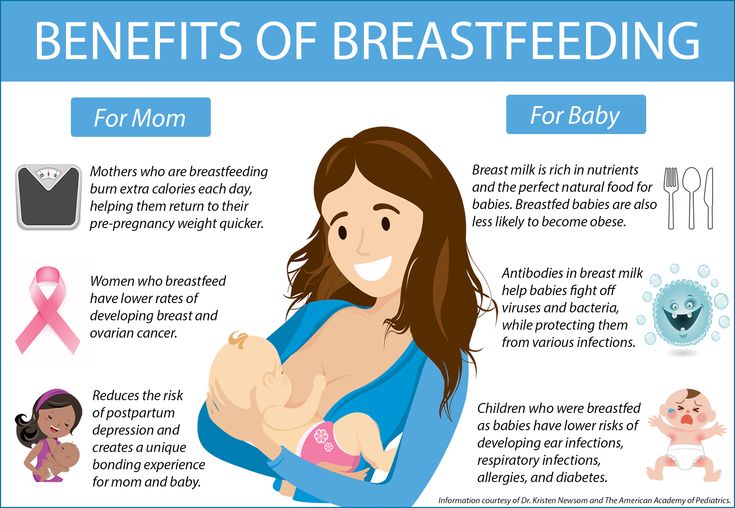
QUICK TIP: Did you know that your child's brain is at its most flexible from birth to age five, making it a prime window for learning? That's why it's so important to get your child the help and resources needed if there is a suspected or diagnosed disability. Earlier intervention can result in better outcomes for your child. Don't wait – ask your child’s pediatrician about any concerns you have and options for help.
7 Early Signs That Your Child Has Special Needs
In the United States, approximately 12.8 percent of children age 18 and younger have special needs. This includes conditions like autism, Asperger’s, and down syndrome.
For children with special needs, the sooner they can be diagnosed by a medical professional, the easier it is for them to get the treatment they need to feel their best and enjoy a high quality of life. Listed below are 7 of the most common signs of special needs that parents ought to watch for.
- Missing Developmental Milestones
One of the earliest warning signs that a child has special needs is missing development milestones.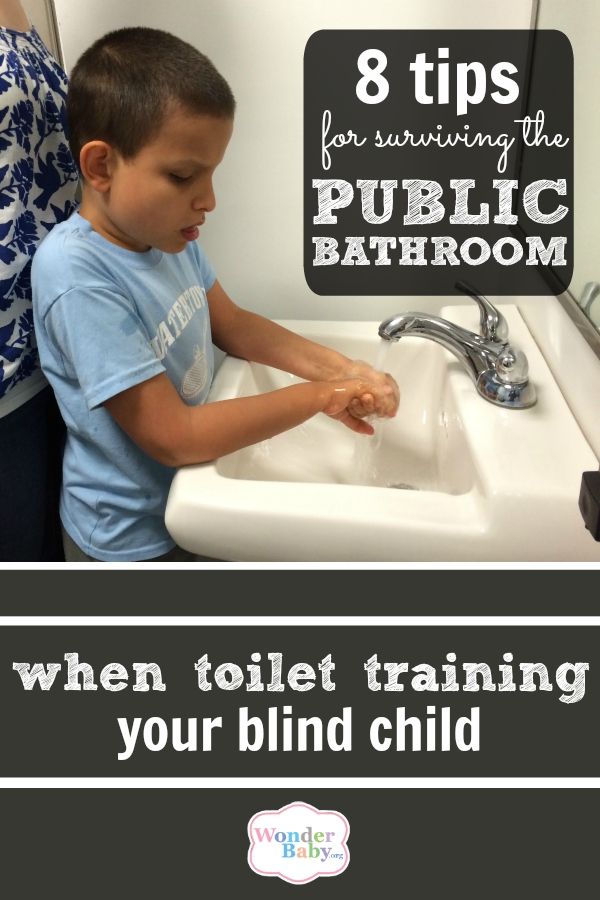 There are specific actions and behaviors that children should be able to practice when they reach certain ages.
There are specific actions and behaviors that children should be able to practice when they reach certain ages.
For example, at 2 months, a baby should be starting to smile at others or following things with their eyes. At 1 year, they should be able to play simple games (such as peek-a-boo) and pull themselves up to a standing position.
If a child is missing several developmental milestones, that can be an indicator that they have a disability and need to see a doctor.
- Difficulty Focusing and Controlling Impulses
All children have trouble focusing or practicing impulse control from time to time. However, if a child seems to never be able to focus or is extremely hyperactive in a wide range of settings, there’s a chance that they have Attention-Deficit Hyperactive Disorder (or ADHD).
Children who ADHD may have a hard time keeping up in school because they’re more easily distracted or have trouble sitting still. With proper accommodations, though, they can perform on par with, if not ahead of, their peers.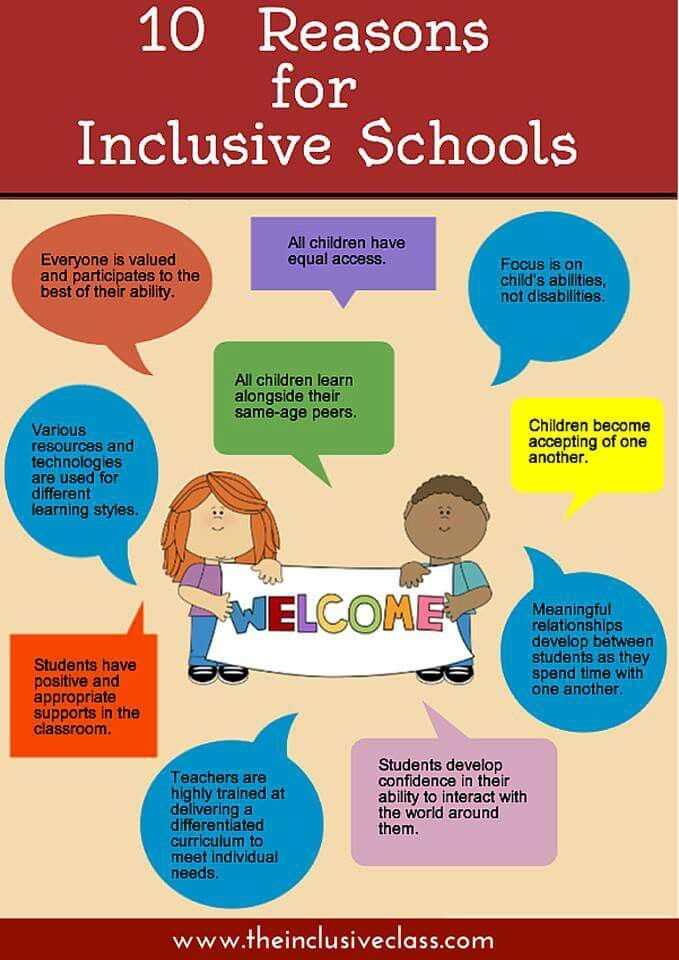
- Difficulty Making Eye Contact and Responsiveness
Most children start making eye contact at a young age (around 6-8 weeks). Their visual perception and communication also become more advanced around 16 weeks.
If a child is having trouble making eye contact after they’ve passed this point, this could be an indicator that they’re dealing with Autism Spectrum Disorder (ASD) or another disability.
Children with autism tend to struggle to make eye contact, and they may also show a lack of responsiveness to others. For example, they may not smile, speak, or respond to their name.
Autism Spectrum Disorders range greatly in severity, and it’s important to work with a team of doctors and therapists to provide your child with adequate support, especially if their symptoms fall on the more severe end.
- Difficulty Speaking
Children with Autism Spectrum Disorder often have trouble speaking.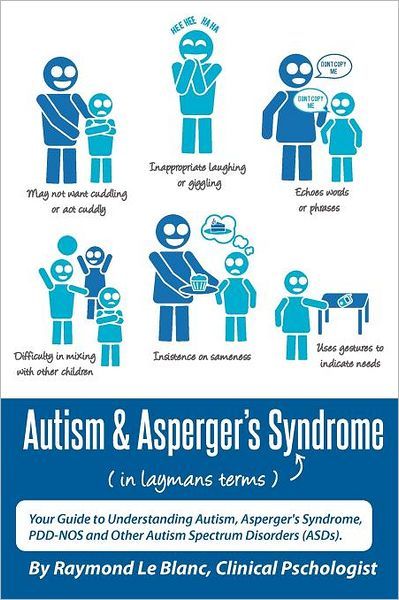 They may not start speaking at the same time as their peers, for example, or they may not speak at all.
They may not start speaking at the same time as their peers, for example, or they may not speak at all.
Difficulty speaking can also be an indicator of various phonemic awareness-based learning disabilities. These disabilities can be seen in very young children who have trouble pronouncing words, rhyming, or handling other language skills that kids their age are capable of.
Children who have a family history of reading or writing challenges should also be closely monitored when they reach preschool or kindergarten age. They may be more likely to struggle with these issues and will need extra support.
- Difficulty Reading and Spelling
As they get older and start attending school, some children may have a difficult time reading, pronouncing words, and spelling words correctly. In some cases, this can be a sign of dyslexia, a disability that affects a person’s ability to consistently link written words and letters with the sounds they make.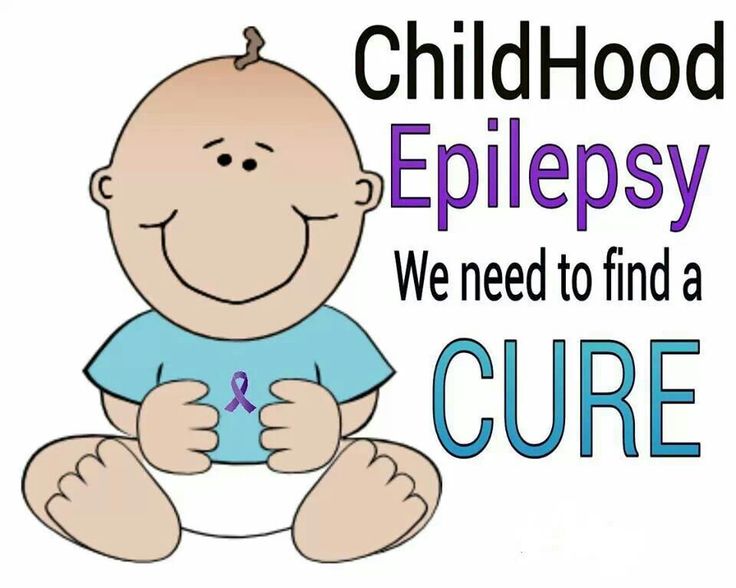
Dyslexia does not affect a person’s intelligence, but it can make reading very challenging. It may be characterized by late talking, being slow to learn new words, and a delay in learning how to read.
- Difficulty Understanding Lessons or Retaining Information
Some children struggle with learning disabilities. This, in turn, makes it hard for them to understand school lessons or retain information as it’s relayed to them.
Some signs that a child is dealing with a learning disability include not being able to recognize letters, not being interested in reading or writing, not understand instructions, or having difficulty holding and writing with a pencil. This challenges may also be accompanied by difficulty sitting still or staying focused.
- Poor Muscle, Speech, and Vision Control
Cerebral palsy is a brain disorder that affects coordination, movement, and posture. It often is not diagnosed until a child is age 2 or older.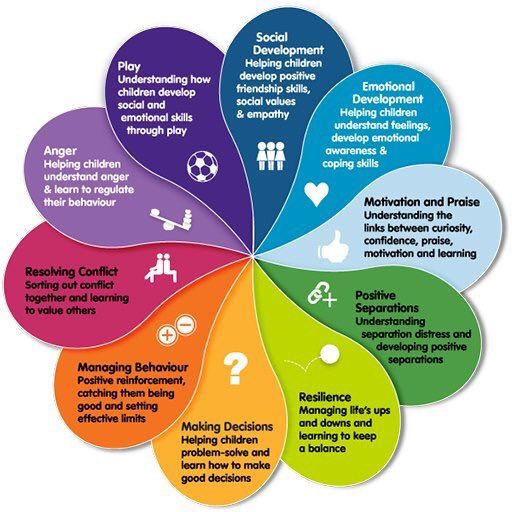
One of the most common warning signs of cerebral palsy is missing key developmental milestones like sitting up, holding up one’s head, and crawling. Difficulties with speaking and vision are common, too.
How to Support a Child with Special Needs
Do any of these warnings signs stand out to you? Do you suspect your child has special needs? If so, it’s important to consult their pediatrician right away.
If your child is diagnosed with autism, dyslexia, cerebral palsy, or any other type of disability, their pediatrician can refer you to other professionals who can help them (and you) manage their condition and overcome many of the challenges they’re facing. This list includes speech therapists, occupational therapists, and physical therapists, as well as private tutors and in-home caregivers.
As a parent to a child with special needs, it’s also important to advocate for your child when they start attending school. Learn all you can about their condition and encourage their teachers to have a look at various resources as well.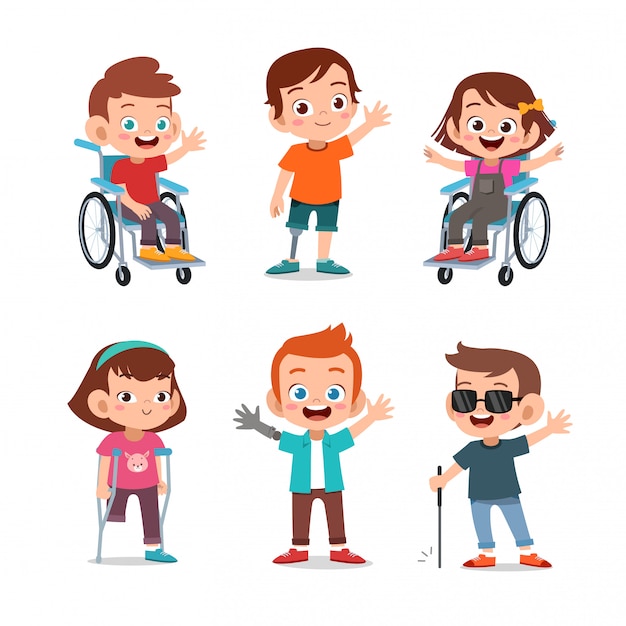 This ensures everyone is on the same page and makes it easier to create a game plan to give your child the support and attention they need.
This ensures everyone is on the same page and makes it easier to create a game plan to give your child the support and attention they need.
Do You Suspect You Have a Special Needs Child?
Children with special needs often can and do lead healthy, happy, and productive lives. The key is getting them the support they need sooner rather than later.
If, after reading through the signs listed above, you suspect your child has special needs, reach out to a healthcare professional right away. They can perform the proper tests and refer you to other professionals for a more complete diagnosis.
In the meantime, if you want to learn more about caring for and supporting a child with special needs, check out the Children’s Health section of our site today.
Children with special educational needs in the system of concepts of cultural-historical psychology
Kukushkina O.I. Leningrad State University A.S. Pushkin, St. Petersburg
Nikolskaya O.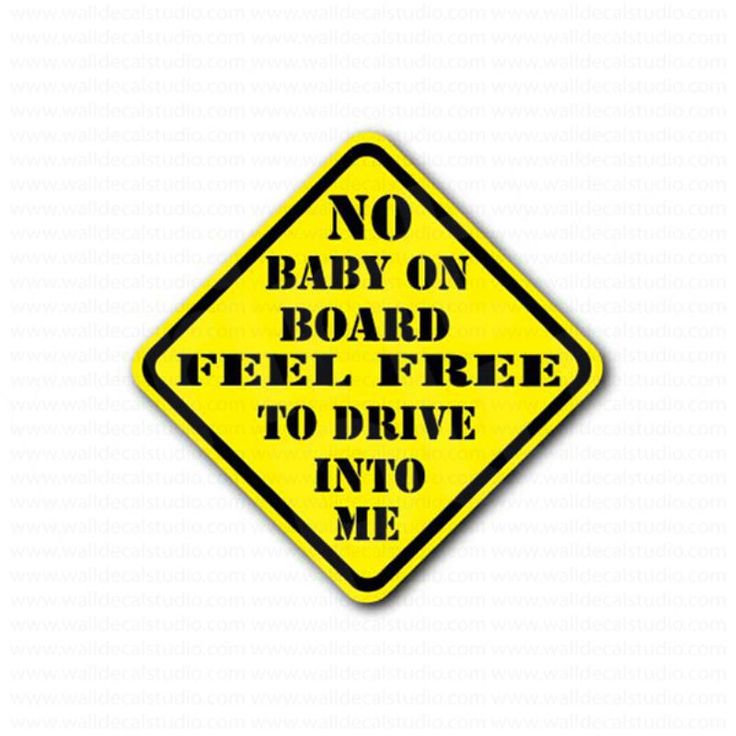 S. Institute of Correctional Pedagogy of the Russian Academy of Education, Moscow
S. Institute of Correctional Pedagogy of the Russian Academy of Education, Moscow
E.L. Goncharova Leningrad State University A.S. Pushkin, St. Petersburg
“Child with special educational needs” is a relatively new, but already fairly well-established term that arises in all countries of the world during the transition from a unitary to an open civil society, when it realizes the need to reflect in the language its changing attitude towards children with developmental disabilities, new understanding of their rights. nine0005
The lexeme replaced the previously used terms “abnormal child”, “child with developmental disabilities”, “child with developmental disabilities” and the special terms specifying them (“autistic”, “down”, “spastic”, “alalik ”, “dysarthria”, etc.), which since the end of the twentieth century have been perceived by society as words with a negative connotation.
In the modern sense, a child with special educational needs is a child who needs special conditions for education and upbringing for his maximum possible development, education, introduction to the culture of the community and family. nine0005
nine0005
Fixing the refusal of the legislator and society to divide people into a full majority and a minority with limited rights, the new term fixes the shift in emphasis in the characteristics of these children from shortcomings, violations, deviations from the norm to fixing their special social and educational needs. The new definition emphasizes the responsibility of the legislator and society to identify and implement these needs.
The term "child with special educational needs" is used in both broad social and professional and scientific contexts. In a professional context, this term is important because it guides specialists to identify special educational needs and determine ways to meet them in relation to all categories and groups of children with disabilities, taking into account the range of options for their development. In a scientific context, this term is also important because it indicates the “permeability” of the boundaries between the sciences of children with normative and deviant development, since special educational needs can be caused not only by health limitations, but also by sociocultural factors. nine0005
nine0005
Despite the fact that this term appears in Russia later than in the United States and Western Europe, its introduction into domestic science cannot be qualified as a direct borrowing of the Western term “Children with Special Needs”. Mastering the new term, the Russian scientific school determined its content, based on the classic laid down by L.S. Vygotsky’s understanding of the “abnormal” child as a child with secondary developmental disorders, in need of “detours” of cultural development, training and education, and special educational conditions. nine0005
The Russian Scientific School identifies special educational needs:
- common to all children with disabilities;
- specific for each category of children with disabilities;
- individual educational needs determined by the unique history of life, upbringing and education of a particular child;
The following special educational needs are common to all children with disabilities:
- Time to start training – the need for the earliest (in the first years of a child's life) identification of developmental difficulties and the immediate deployment of psychological and pedagogical assistance, taking into account the special needs of the child.
 So, if a child’s hearing or vision impairment is detected at the end of the first month of his life, then special education should immediately begin. Unproductive for the development of the child is the situation when, after the identification of the primary violation, all the efforts of adults are directed exclusively to the treatment of the child, i.e. rehabilitation by means of medicine. The identified violation of organs and systems limits the interaction of the child with the world, makes it specific, as a result of which urgent psychological and pedagogical prevention or correction of already existing secondary developmental disorders is required. nine0022
So, if a child’s hearing or vision impairment is detected at the end of the first month of his life, then special education should immediately begin. Unproductive for the development of the child is the situation when, after the identification of the primary violation, all the efforts of adults are directed exclusively to the treatment of the child, i.e. rehabilitation by means of medicine. The identified violation of organs and systems limits the interaction of the child with the world, makes it specific, as a result of which urgent psychological and pedagogical prevention or correction of already existing secondary developmental disorders is required. nine0022 - Content of education - the need to introduce special sections into the curriculum that are not present in the content of education for children with normative development. Examples are such sections as spatial and social orientation for blind, deaf-blind and mentally retarded children; correctional work with children with mental retardation on the formation of mechanisms for conscious regulation of their own behavior and interaction with people around them; purposeful development of emotional and social interaction in children with autism and ASD, etc.
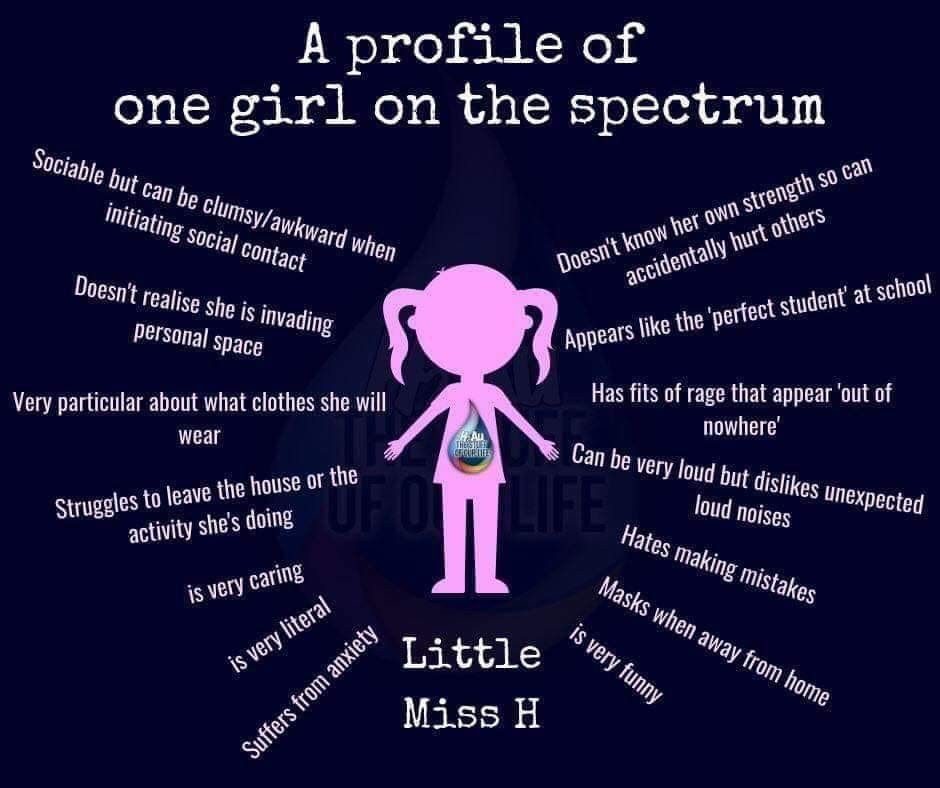
- Teaching methods and tools - the need to build "detours", use specific methods and teaching aids, in more differentiated, "step by step" learning than is usually required for children with normative development. An example is the use of dactylology and sign language in teaching the deaf, the use of embossed Braille in teaching the blind, much earlier than normal, teaching deaf children to read and write, special methods of teaching literacy to children with autism, etc. nine0022
- Organization of education - the need for greater variability in the forms of organization of education and its qualitative individualization, in a special spatial, temporal and semantic organization of the educational environment. So, for example, children with autism need a special structuring of the educational space, which makes it easier for them to understand the meaning of what is happening, giving them the opportunity to predict the course of events and plan their behavior.
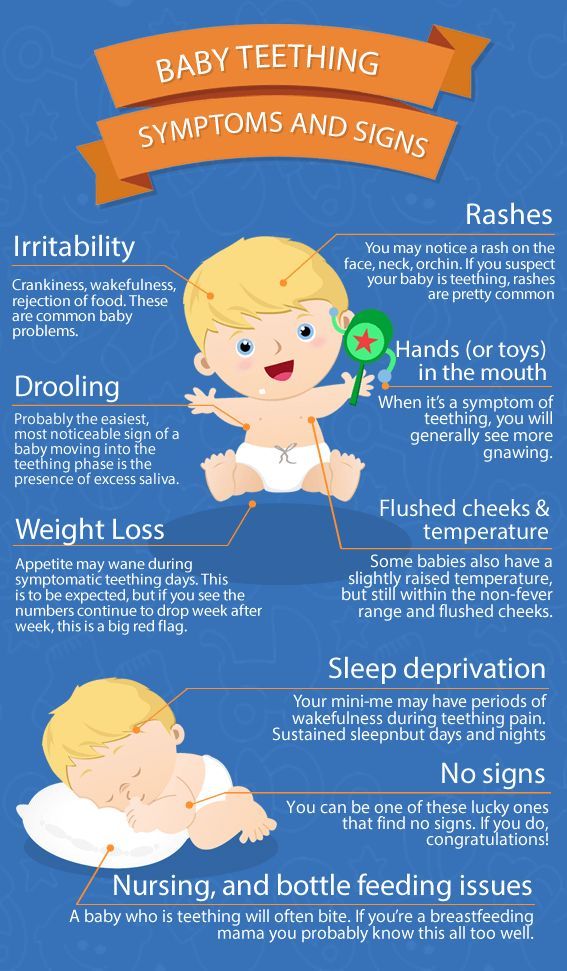
- Borders of educational space - the need for the maximum expansion of the educational space, going beyond the educational institution for the formation of life competence and the development of the ability to apply the acquired knowledge in everyday life.
- Years of education - the need for continuing and special needs education: throughout life, taking into account changing and increasing social and educational challenges.
- Circle of people involved in education and their interaction - the need to include the family in the process of rehabilitation of the child by means of education and its special training by specialists; the need for the coordinated participation of qualified specialists of various profiles (special psychologists and teachers, social workers, doctors of various specialties, neuro- and psychophysiologists, etc.).
Along with those common to all children with disabilities, there are special educational needs specific to each category of children, each age stage, mental development options observed in each category, as well as individual needs determined by the unique history of life, upbringing and education child.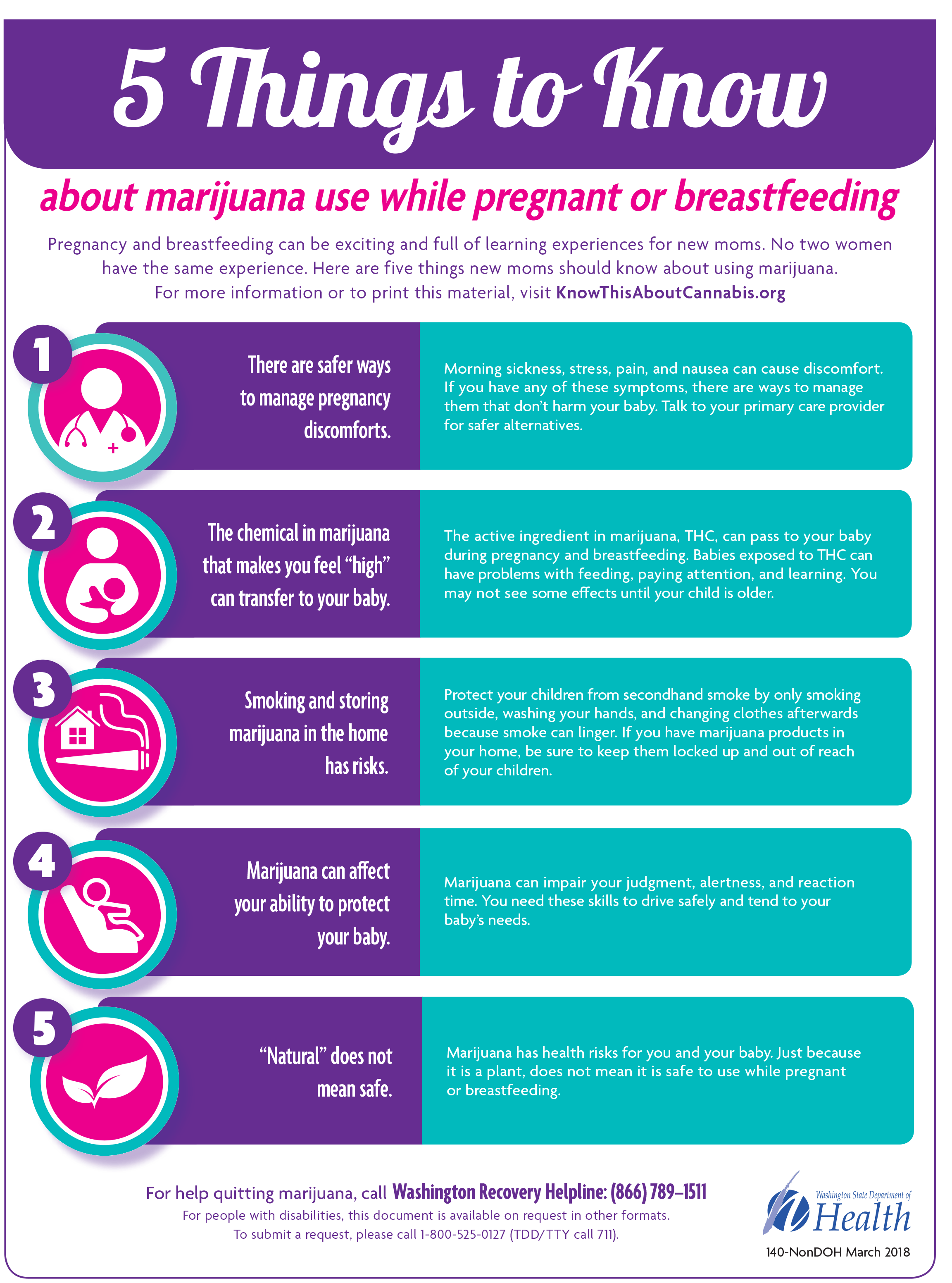 nine0005
nine0005
The concept of a “child with special educational needs” needs further development. It seems necessary to scientifically substantiate and differentiated description, definition and understanding of the special educational needs of each category of children with disabilities, each age stage of development and level of education. A modern achievement is a scientifically based description of the special educational needs of children with autism of primary school age, differentiated according to the four most typical developmental options, which served as the basis for the creation of a differentiated Federal State Educational Standard for Primary General Education for this category of students. nine0005
Here is a description of the special educational needs of one of the groups of autistic children. The development of ties between an autistic child with a loved one and society as a whole is disrupted and is not carried out in the same way as in the norm, and not in the same way as in other children with disabilities.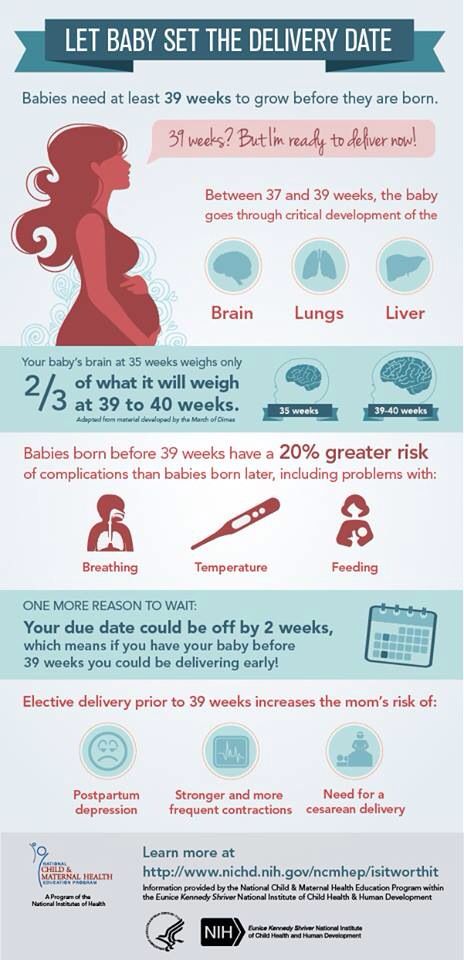 Mental development in autism is not just delayed or impaired, it is distorted, since the mental functions of such a child do not develop in line with social interaction and solving real life problems, but to a large extent as a means of auto-stimulation, a means of limiting, rather than developing interaction with the environment and other people . nine0005
Mental development in autism is not just delayed or impaired, it is distorted, since the mental functions of such a child do not develop in line with social interaction and solving real life problems, but to a large extent as a means of auto-stimulation, a means of limiting, rather than developing interaction with the environment and other people . nine0005
Distortion of development is characteristically manifested in a change in the ratio of a child who is easy to learn and difficult to learn. He may have fragmentary ideas about the environment, not distinguish and comprehend the simplest connections in what is happening in everyday life, which is not specifically taught to an ordinary child. May not accumulate elementary everyday life experience, but show competence in more formal, abstract areas of knowledge - highlight colors, geometric shapes, be interested in numbers, letters, grammatical forms, etc. It is difficult for this child to actively adapt to changing conditions, new circumstances, therefore, the abilities that such children have and even the skills and accumulated knowledge already developed are poorly implemented in life.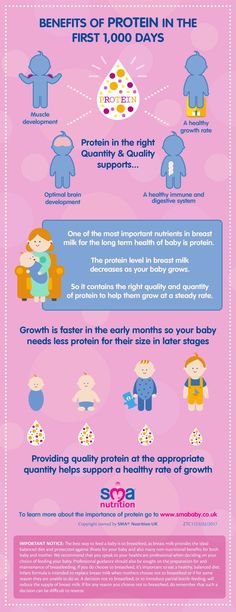 nine0005
nine0005
The transfer of social experience to such children, their introduction into culture is a particular difficulty. Establishing emotional contact and involving the child in developmental practical interaction, in a joint understanding of what is happening is the basic task of special psychological and pedagogical assistance for autism.
The special educational needs of children with autism during the primary school years include, in addition to those common to all children with disabilities, the following specific needs:
- in a significant number of cases * at the beginning of training, it becomes necessary to gradually and individually dosed introduction of the child into the situation of learning in the classroom. Class attendance should be regular, but adjusted according to the child's ability to cope with anxiety, fatigue, satiety and overexcitation. As the child gets used to the situation of learning in the classroom, it should approach his full inclusion in the process of primary schooling; nine0022
- the choice of lessons that the child begins to attend should begin with those where he feels most successful and interested and gradually, if possible, include all the others;
- the majority of children with autism are significantly delayed in the development of self-care and life support skills: it is necessary to be prepared for the child’s possible domestic helplessness and slowness, problems with going to the toilet, dining, with selectivity in food, difficulties with changing clothes, with the fact that he does not know how to ask a question , complain, ask for help.
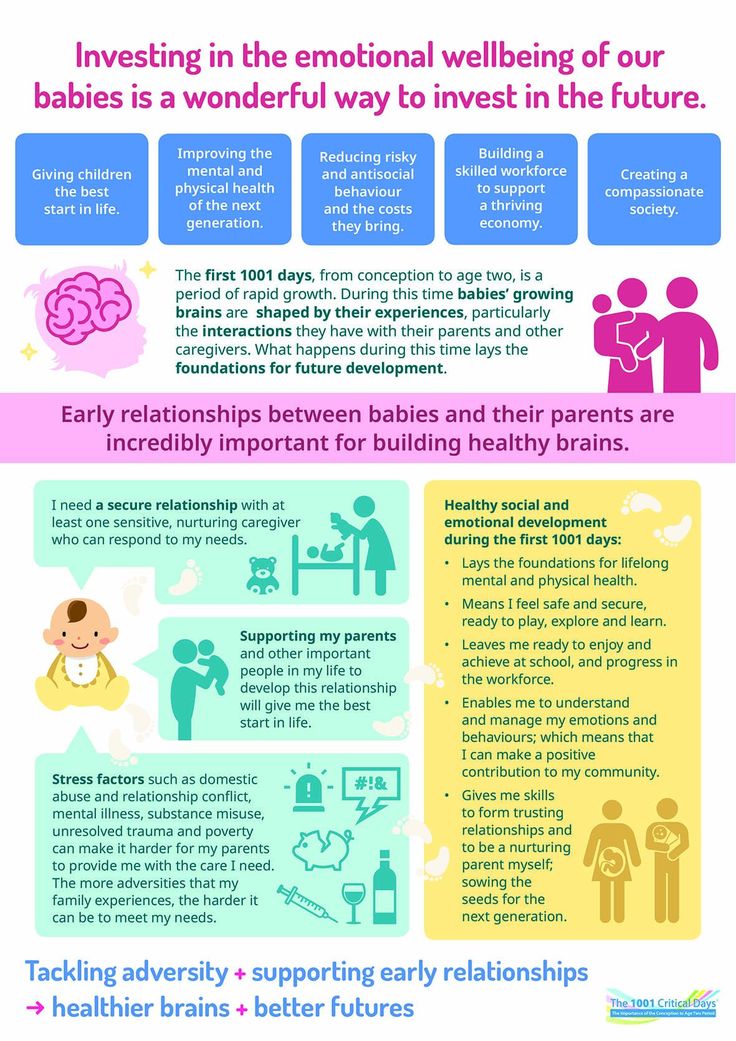 Entering school usually motivates the child to overcome these difficulties, and his attempts should be supported by special remedial work to develop social and everyday skills; nine0022
Entering school usually motivates the child to overcome these difficulties, and his attempts should be supported by special remedial work to develop social and everyday skills; nine0022 - special support is needed for children (individual and when working in the classroom) in developing the possibilities of verbal and non-verbal communication - the formation of the ability to seek information, express their attitude, assessment, consent or refusal, share impressions;
- there may be a need for temporary and individually dosed support by the tutor for the organization of the entire stay of the child at school and his learning behavior in the classroom; support should be gradually reduced and removed as the child gets used to it, masters the order of school life, rules of conduct at school and in the classroom, skills of social adaptation and communication; nine0022
- at the beginning of training, if necessary *, along with attending a class, the child must be provided with additional individual lessons with a teacher to develop forms of adequate learning behavior, the ability to communicate and interact with the teacher, adequately perceive praise and comments;
- periodic individual pedagogical sessions (cycles of classes) are necessary for a child with autism, even with adequate educational behavior, to control the development of new educational material in the classroom (which may be difficult for him during the period of getting used to school) and, if necessary, to provide individual corrective assistance in mastering the educational program; nine0022
- it is necessary to create a particularly clear and orderly temporal-spatial structure of the lessons and the entire stay of the child at school, giving him support for understanding what is happening and self-organization;
- special work is needed to bring the child to the possibility of frontal organization in the lesson: planning a mandatory period of transition from individual verbal and non-verbal instructions to frontal;
- in using forms of praise that take into account the characteristics of children with autism and developing the ability to adequately perceive comments addressed to oneself and to classmates; nine0022
- in organizing the education of such a child and assessing his achievements, it is necessary to take into account the specifics of mastering skills and mastering information, the features of mastering “simple” and “complex”;
- it is necessary to introduce special sections of remedial education that help overcome the fragmentation of ideas about the environment, develop means of communication, social and everyday skills;
- special corrective work is needed to comprehend, streamline and differentiate the child's individual life experience, which is extremely incomplete and fragmented; assisting him in working out impressions, memories, ideas about the future, developing the ability to plan, choose, compare; nine0022
- children with autism need special assistance in ordering and comprehending acquired knowledge and skills, which does not allow their mechanical formal accumulation and use for autostimulation;
- a child with autism needs, at least at first, a special organization at recess*, involving him in his usual activities, allowing him to rest and, if possible, engage in interaction with other children;
- children with autism for primary education need to create learning conditions that provide an environment of sensory and emotional comfort (no sudden mood swings, even and warm tone of the teacher’s voice in relation to any student in the class), orderliness and predictability of what is happening; nine0022
- the teacher needs a special attitude to develop emotional contact with the child, to maintain in him the confidence that he is accepted, sympathized with him, that he is successful in the classroom;
- the teacher should try to convey this attitude to the classmates of a child with autism, not emphasizing his specialness, but showing his strengths and arousing sympathy for him with his attitude, involve children in accessible interaction;
- it is necessary to develop children's attention to the manifestations of close adults and fellow students and special assistance in understanding situations that occur with other people, their relationships; nine0022
- for the social development of the child, it is necessary to use his existing electoral abilities;
- the learning process in primary school should be supported by psychological support that optimizes the interaction of the child with teachers and fellow students, family and school;
- children with autism already in the period of primary education need an individually dosed and gradual expansion of the educational space outside the educational institution.
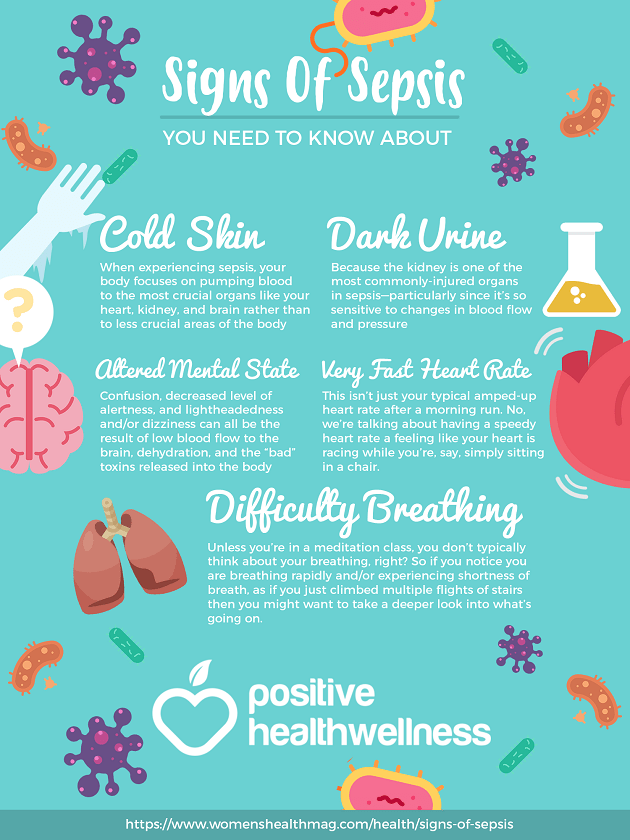 nine0022
nine0022
An equally accurate, detailed, evidence-based definition of the special educational needs of each category of children with disabilities, in relation to each age, developmental variant and stage of education, is required.
When does the PMPK recommend AOOP for students with mental retardation variant 7.1, variant 7.2?
Option 7.1. is recommended for students who have difficulties in voluntary self-regulation, manifested in the conditions of activity and organized behavior, as well as persistent signs of general social and emotional immaturity. In addition, this category of students may have signs of mild organic insufficiency of the central nervous system (CNS), expressed in increased mental exhaustion with a concomitant decrease in mental performance and resistance to intellectual and emotional stress, as well as typical, to varying degrees, dysfunctions in the areas of spatial representations, hand-eye coordination, phonetic and phonemic development, neurodynamics, etc.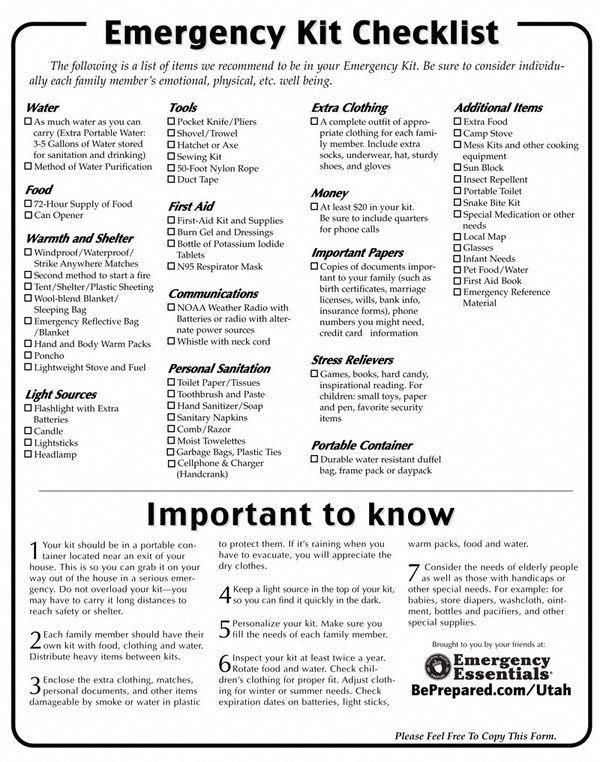 One of the most important conditions for the inclusion of a student with mental retardation in a peer environment without health restrictions is the stability of forms of adaptive behavior. nine0005
One of the most important conditions for the inclusion of a student with mental retardation in a peer environment without health restrictions is the stability of forms of adaptive behavior. nine0005
Option 7.2. is addressed to students with mental retardation who are characterized by a level of development below the age norm, the lag can manifest itself in general or locally in individual functions (slow pace or uneven development of cognitive activity). There are violations of attention, memory, perception and other cognitive processes, mental performance and purposefulness of activity, to one degree or another, making it difficult to assimilate school norms and school adaptation in general. Arbitrariness, self-control, self-regulation in behavior and activity, as a rule, are not sufficiently formed. Learning is satisfactory, but often selective and unstable, depending on the level of complexity and subjective attractiveness of the activity, as well as on the current emotional state. Non-adaptive behavior is possible, associated both with a lack of understanding of social norms, and with a violation of emotional regulation, hyperactivity. nine0005
Non-adaptive behavior is possible, associated both with a lack of understanding of social norms, and with a violation of emotional regulation, hyperactivity. nine0005
Comparative characteristics of AOPP for students with mental retardation variant 7.1 and variant 7.2
The definition of the AOOP IEO variant of a student with mental retardation is carried out on the basis of the recommendations of the psychological, medical and pedagogical commission, formulated based on the results of his comprehensive psychological, medical and pedagogical examination, taking into account the IPR and in the manner established by the legislation of the Russian Federation nine0005
The adapted basic general education program of primary general education for students with mental retardation is an educational program adapted for teaching this category of students, taking into account the characteristics of their psychophysical development, individual capabilities, providing correction of developmental disorders and social adaptation.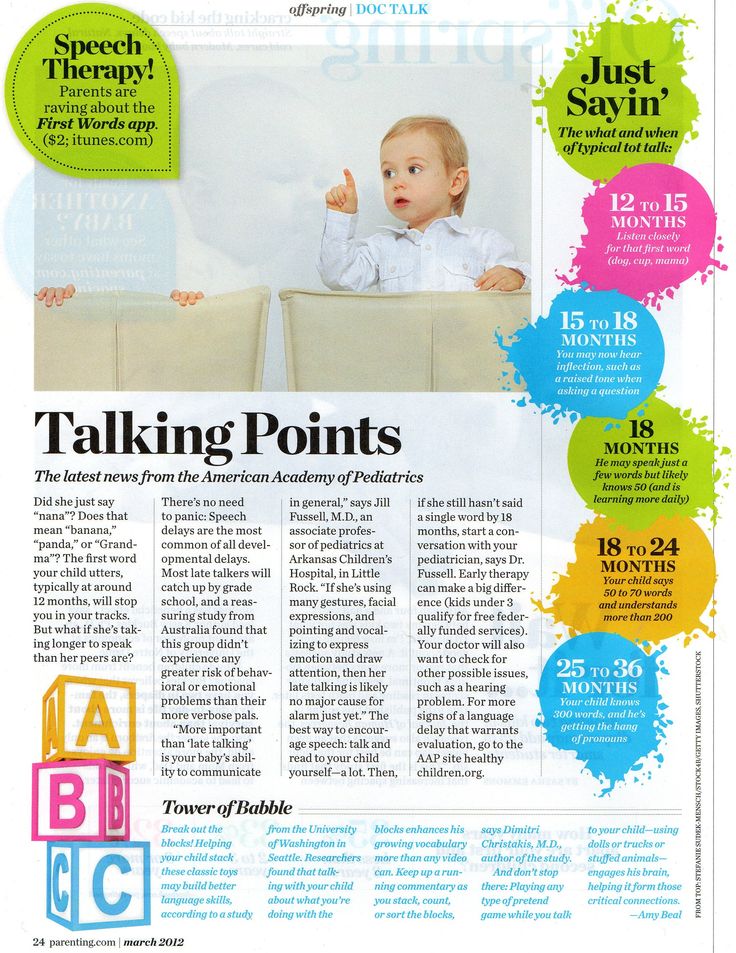 AOOP IEO is independently developed and approved by the organization in accordance with the Federal State Educational Standard of IEO for students with disabilities and taking into account the PrAOP IEO for students with disabilities. nine0005
AOOP IEO is independently developed and approved by the organization in accordance with the Federal State Educational Standard of IEO for students with disabilities and taking into account the PrAOP IEO for students with disabilities. nine0005
Option 7.1 assumes that the student receives an education that fully corresponds in terms of final achievements by the time of completion of training, the education of peers, being in their environment and in the same terms of study. Education according to the first option indicates that the child is studying according to the curriculum common with children without disabilities. His special educational needs are met in the course of extracurricular work through the classes of a psychologist, speech therapist, social pedagogue, speech pathologist. That is, the adaptation of the program involves the introduction of a program of correctional work focused on meeting the special educational needs of students with mental retardation and support in the development of the AOEP NEO, the requirements for the results of mastering the program of correctional work and the conditions for the implementation of the AOEP IEO.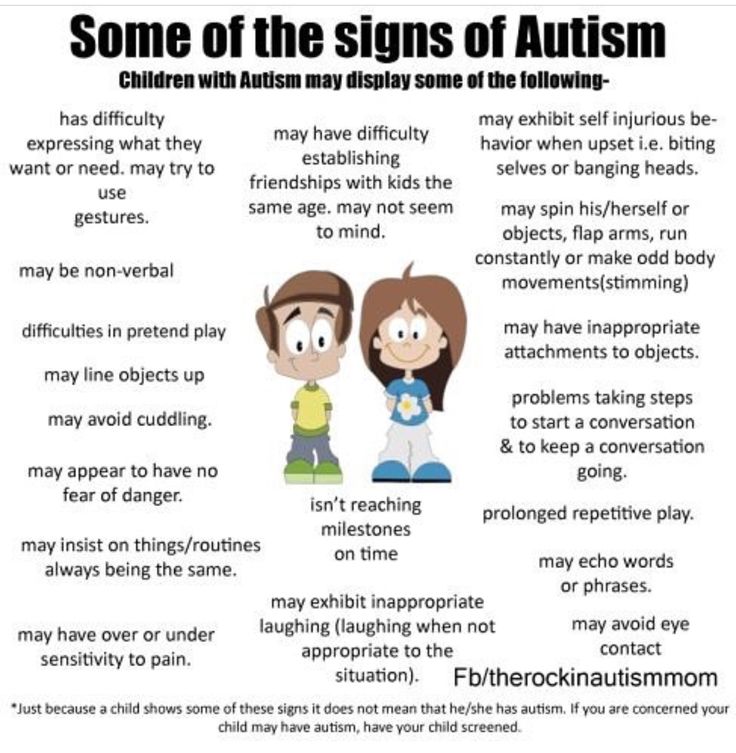 The obligatory conditions for the implementation of the AOOP IEO for students with mental retardation are the psychological and pedagogical support of the student, the coordinated work of the primary school teacher with the teachers implementing the program of correctional work. The specific content of the support is established by the council of the educational organization, PMPK indicates only its main directions. nine0005
The obligatory conditions for the implementation of the AOOP IEO for students with mental retardation are the psychological and pedagogical support of the student, the coordinated work of the primary school teacher with the teachers implementing the program of correctional work. The specific content of the support is established by the council of the educational organization, PMPK indicates only its main directions. nine0005
The program of correctional work provides for the individualization of special accompaniment for students with mental retardation. The content of the program of correctional work for each student is determined taking into account his special educational needs based on the recommendations of the PMPK, an individual rehabilitation program.
The purpose of the program of correctional work in accordance with the requirements of the Federal State Educational Standard of the IEO for students with disabilities is the creation of a system of comprehensive assistance to students with mental retardation in mastering the AEO of the IEO, the correction of shortcomings in the physical and (or) mental and speech development of students, their social adaptation. The program of correctional work provides: identification of the special educational needs of students with mental retardation, due to shortcomings in their physical and (or) mental development; creation of adequate conditions for the implementation of the special educational needs of students with mental retardation; implementation of individually oriented psychological, medical and pedagogical support for students with mental retardation, taking into account their special educational needs; assistance in the development of students with the ZPR AOEP IEO; the possibility of developing communication, social and everyday skills, adequate educational behavior, interaction with adults and children, the formation of ideas about the world around us and one's own capabilities. nine0005
The program of correctional work provides: identification of the special educational needs of students with mental retardation, due to shortcomings in their physical and (or) mental development; creation of adequate conditions for the implementation of the special educational needs of students with mental retardation; implementation of individually oriented psychological, medical and pedagogical support for students with mental retardation, taking into account their special educational needs; assistance in the development of students with the ZPR AOEP IEO; the possibility of developing communication, social and everyday skills, adequate educational behavior, interaction with adults and children, the formation of ideas about the world around us and one's own capabilities. nine0005
Corrective work is carried out during the entire educational process, when studying the subjects of the curriculum and in special correctional and developmental classes, where the correction of defects in the psychophysical development of students with mental retardation is carried out and assistance is provided in mastering new educational material in the lesson and in mastering the AOEP IEO as a whole .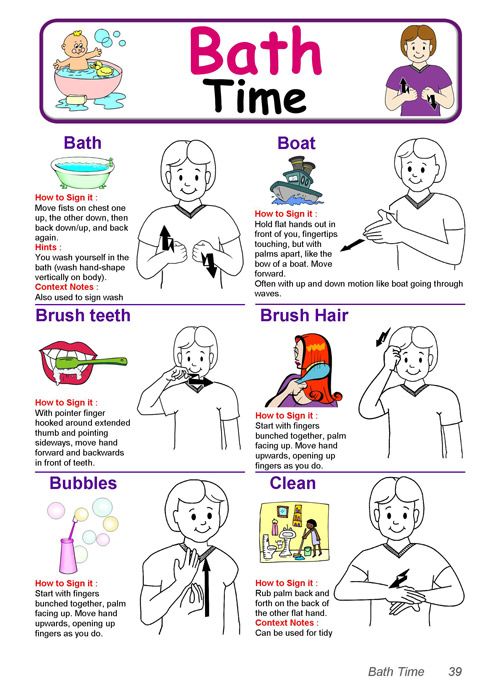
In the event of difficulties in mastering the content of the AOEP IEO by students with mental retardation, teachers who provide psychological and pedagogical support promptly supplement the structure of the correctional work program with the appropriate area of work, which will remain relevant until the moment the difficulties are overcome. In the event of an increase in significant persistent difficulties in learning, interaction with teachers and students of the school (class), a student with mental retardation is sent for a comprehensive psychological, medical and pedagogical examination in order to develop recommendations for his further education. nine0005
Option 7.2 assumes that the student receives education in an extended period of study. AOEP IEO for students with mental retardation involves ensuring the correctional orientation of the entire educational process with its special organization: prolonged training periods, conducting individual and group remedial classes, special structuring of the content of training based on increased attention to the formation of social competence. The terms for obtaining primary general education by students with mental retardation are prolonged taking into account the psychophysiological capabilities and individual characteristics of the development of this category of students and are 5 years (with the mandatory introduction of the first additional class). Training according to the second option indicates that the level of complexity of the educational program is lower, the curriculum includes courses in the correctional and developmental area, indicated in the Federal State Educational Standard and AOOP. Along with academic achievements, attention is also paid to the formation of the sphere of life competence. Option 2 provides for training in AOEP with changes in the content and organizational sections (programs of individual subjects, courses in the correctional and developmental area and extracurricular activities implemented on the basis of PM), which implies additional conditions in the general education class. nine0005
The terms for obtaining primary general education by students with mental retardation are prolonged taking into account the psychophysiological capabilities and individual characteristics of the development of this category of students and are 5 years (with the mandatory introduction of the first additional class). Training according to the second option indicates that the level of complexity of the educational program is lower, the curriculum includes courses in the correctional and developmental area, indicated in the Federal State Educational Standard and AOOP. Along with academic achievements, attention is also paid to the formation of the sphere of life competence. Option 2 provides for training in AOEP with changes in the content and organizational sections (programs of individual subjects, courses in the correctional and developmental area and extracurricular activities implemented on the basis of PM), which implies additional conditions in the general education class. nine0005
Option 7. 2 AOOP IEO of students with mental retardation can be implemented in different forms: both together with other students, and in separate classes. The organization must provide the conditions for training and education required for this option and category of students.
In the event of persistent difficulties in the course of learning and / or interaction with peers, a student with a mental retardation is sent for a comprehensive examination at the PMPK in order to develop recommendations for parents and specialists on his further education and the need to transfer to training according to an individual curriculum, taking into account his characteristics and educational needs . nine0005
The general approach to the assessment of knowledge and skills that make up the subject results of the development of AOOP IEO (option 7.2) is proposed to be generally retained in its traditional form. At the same time, a student with a mental retardation has the right to undergo current, intermediate and state final certification in other forms, which may require changes to their procedure in accordance with the special educational needs of students with a mental retardation and the objective difficulties associated with them.

